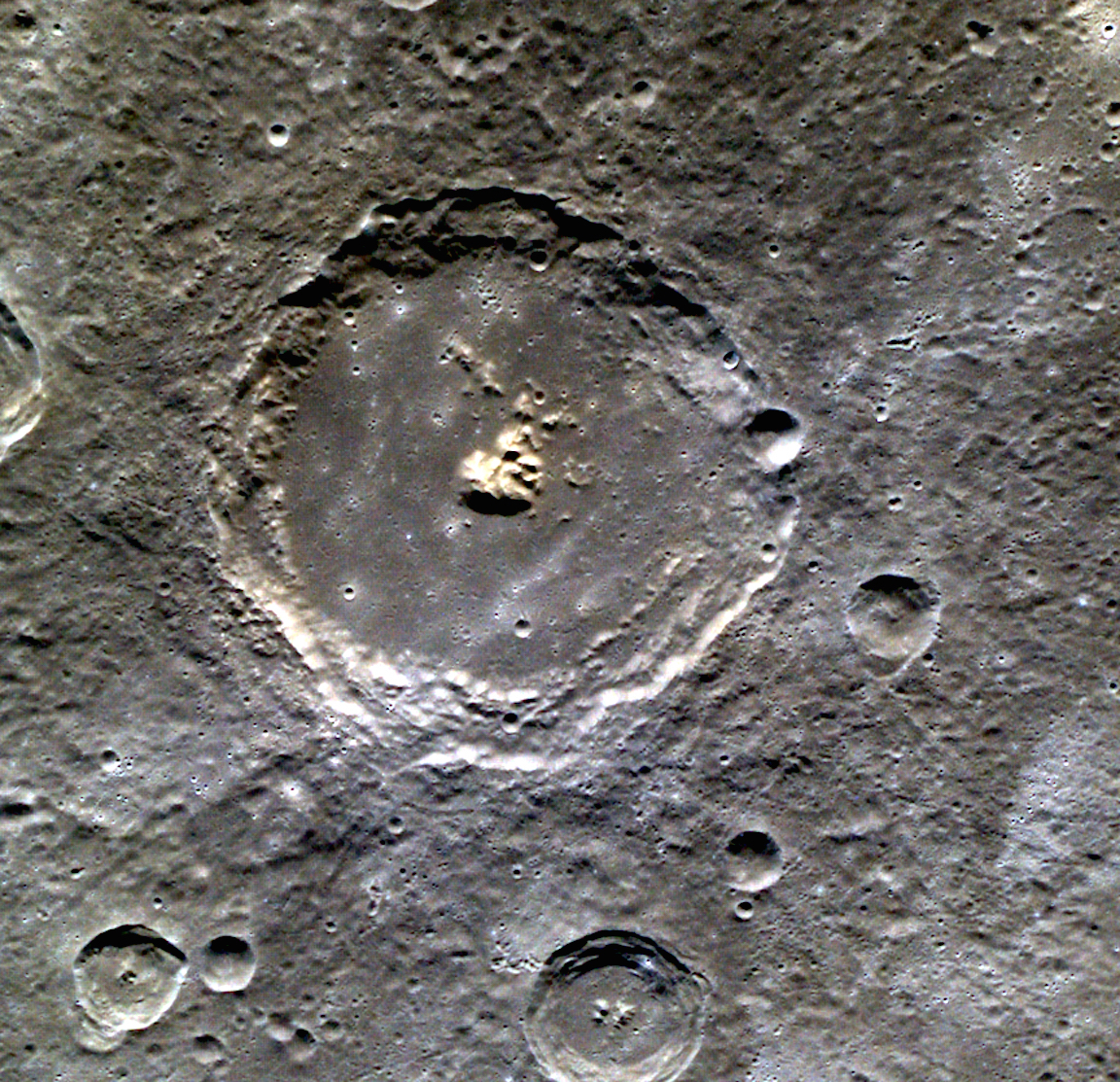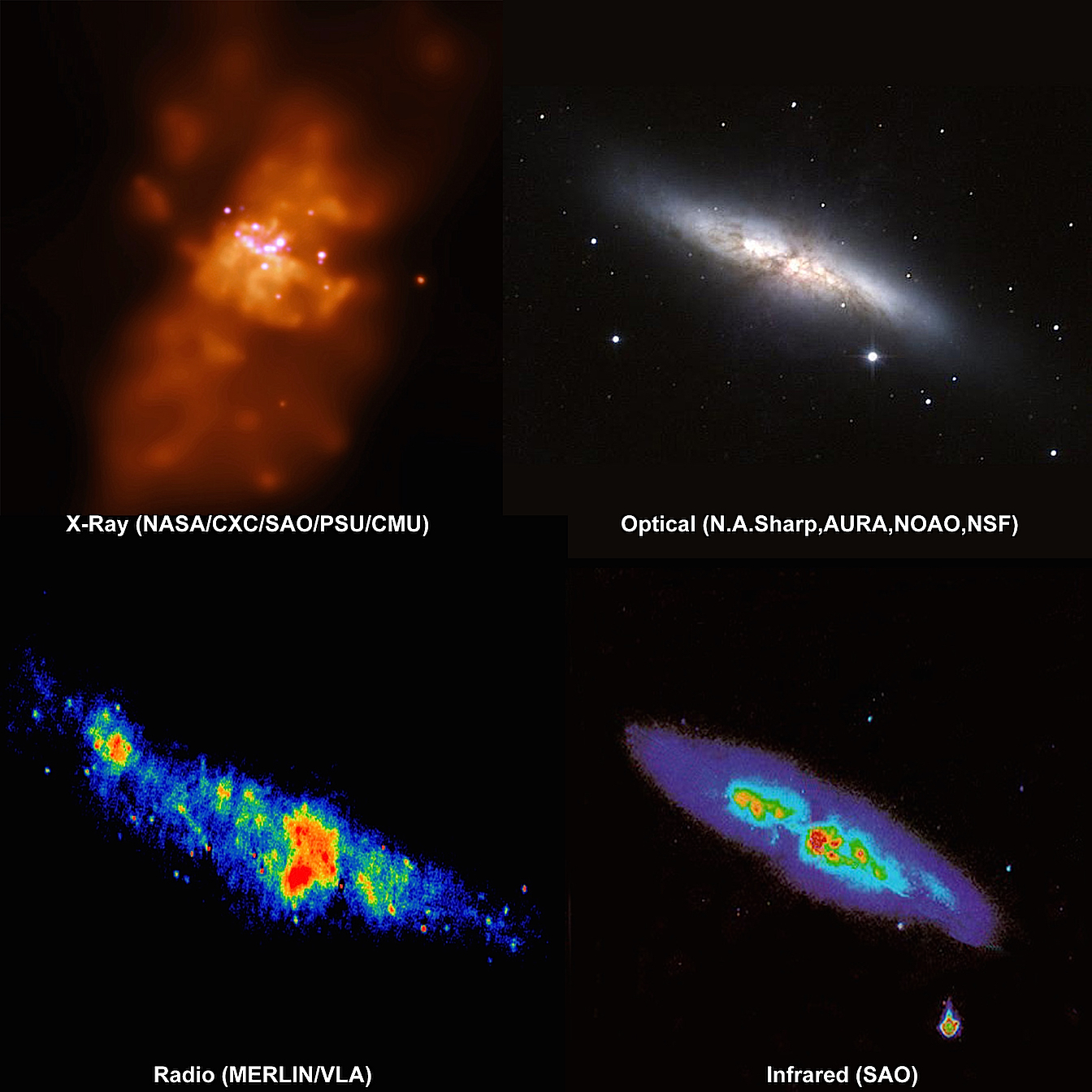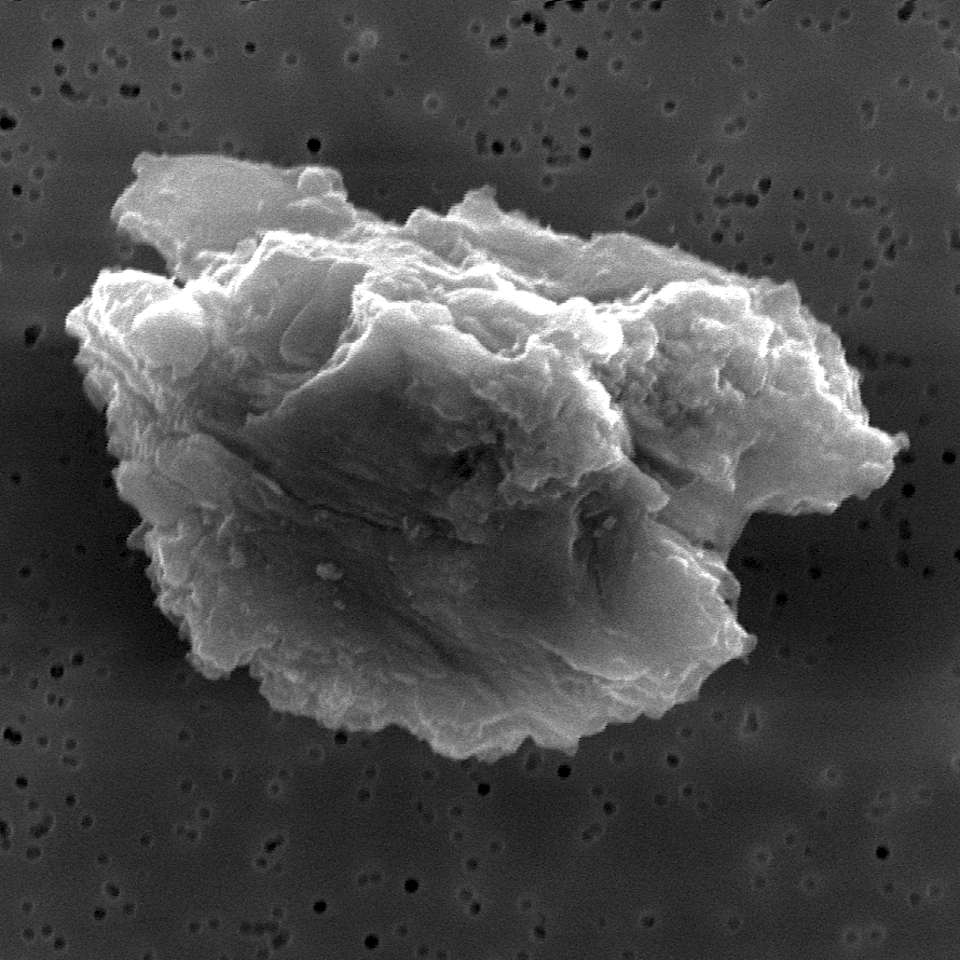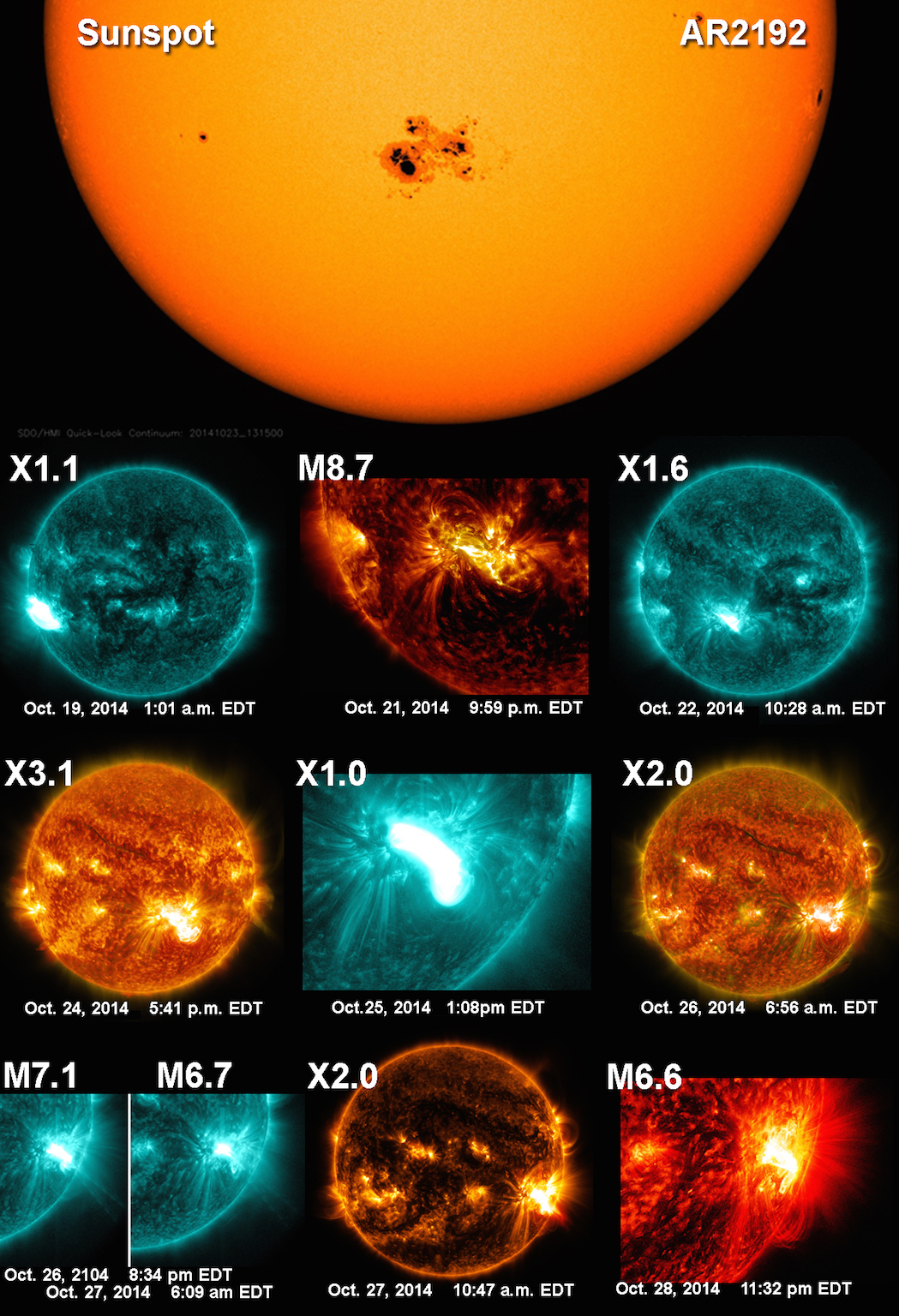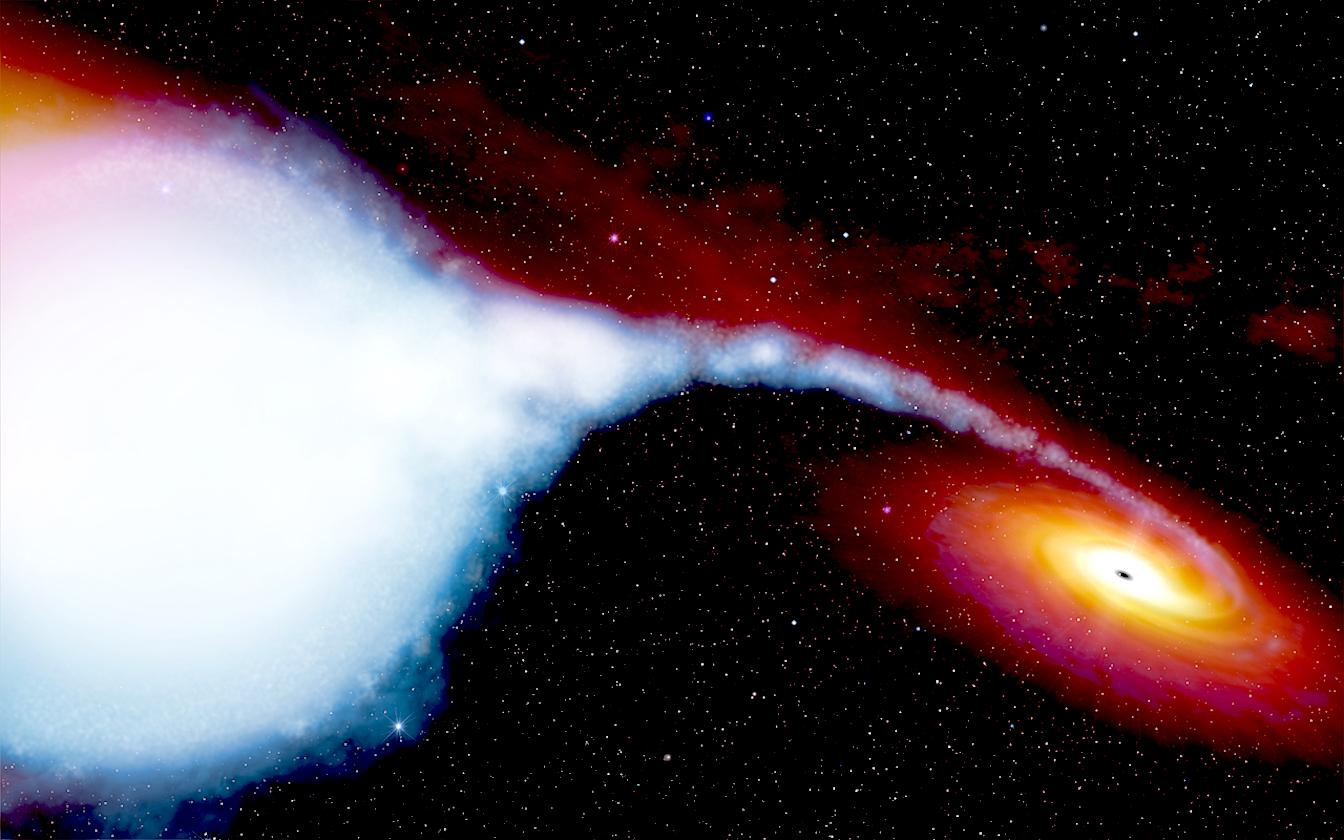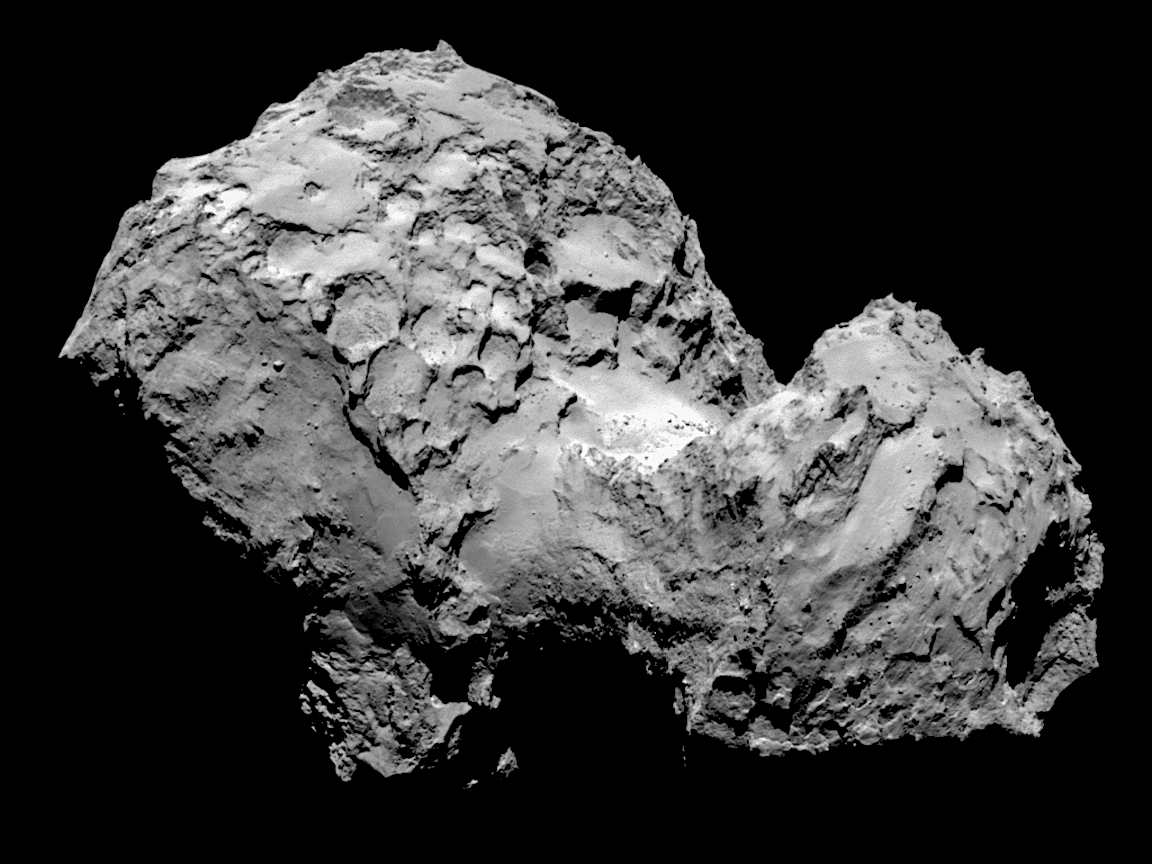Plasma Forms
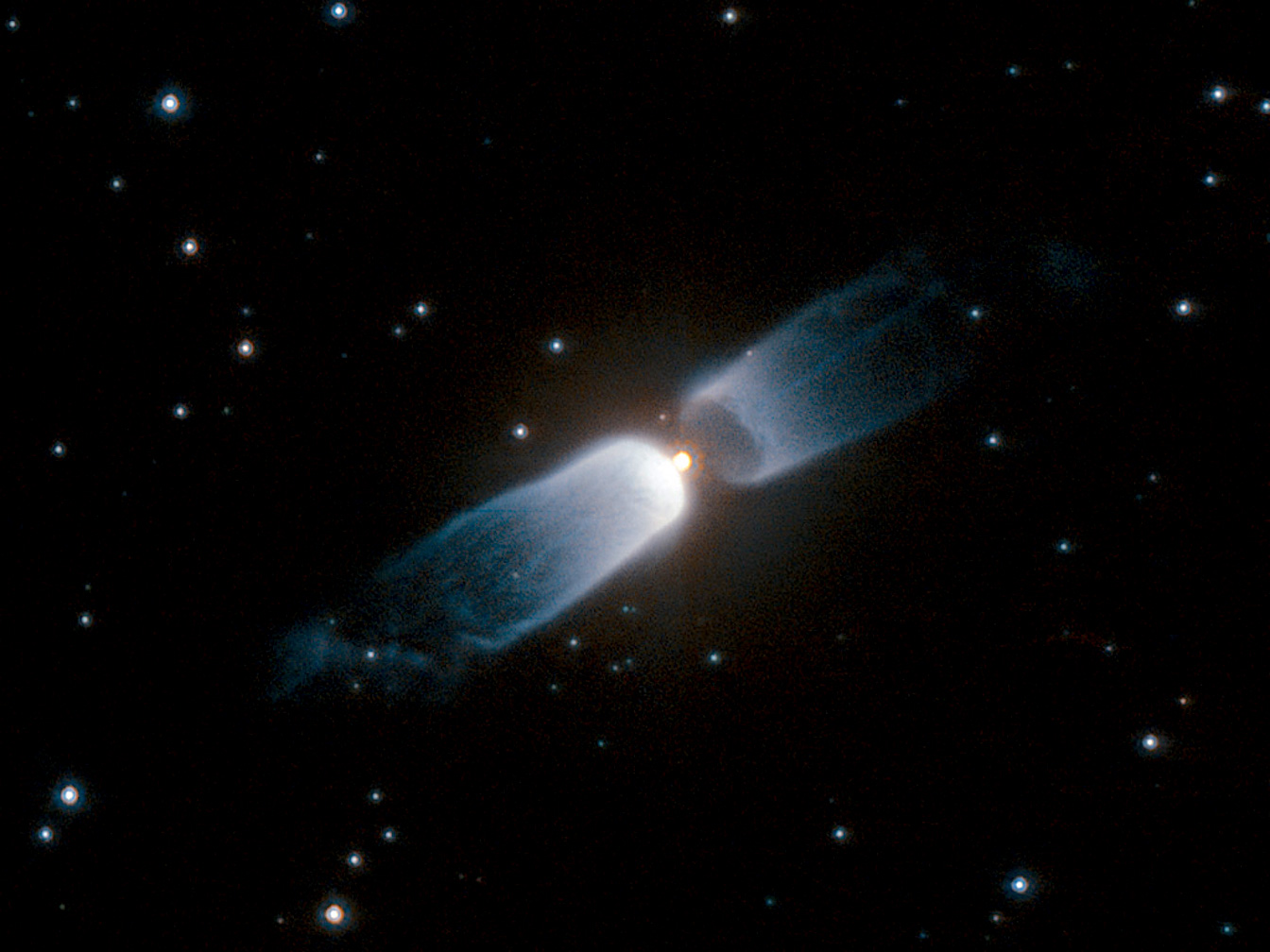
Nov 10, 2014 Measurements indicate that this nebula is one degree above absolute zero. Temperature has little to do with electricity, though. “Bipolar outflow” is a term used to describe the nebular structure seen above, although the cause of the effect remains baffling to scientists who study such phenomena….





